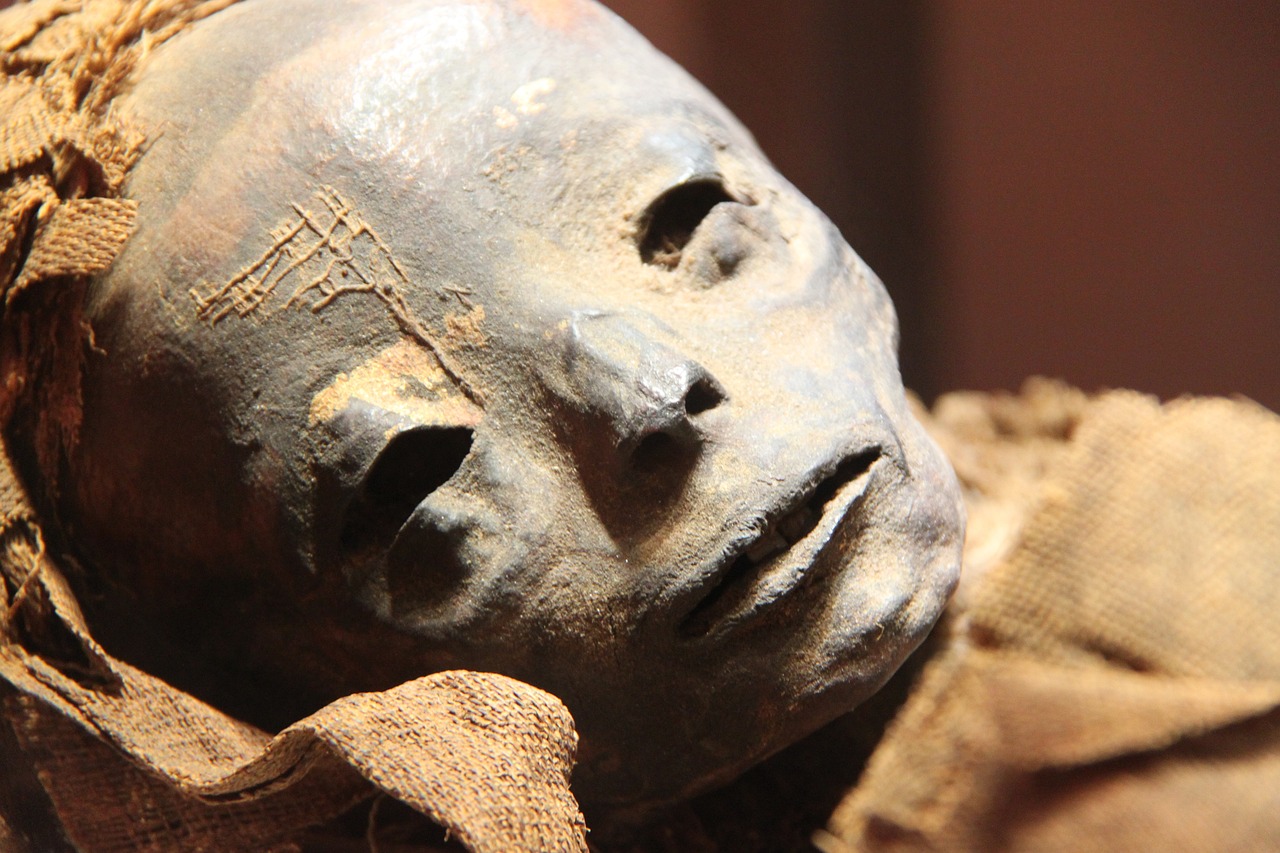Overview of Ancient Egyptian Religion
Definition and Historical Context
Ancient Egyptian religion encompasses the indigenous beliefs that evolved in Egypt from the predynastic era (4th millennium BCE) through to the decline of traditional practices in the early centuries CE. For a detailed historical timeline, one might refer to the broader narrative of ancient Egyptian history. Notably, the integration of religion within Egyptian society intensified around 3000 BCE. While remnants from earlier beliefs likely persisted, they became less significant as the state developed a context that reshaped religious practices.
Nature of Religious Beliefs
Religion in ancient Egypt was deeply intertwined with daily life and societal values. It is essential to understand that ancient Egyptian spirituality was not a singular system but rather a tapestry woven from diverse threads of belief and practice. Across the expansive timeline of over 3,000 years, Egyptian religion evolved markedly, yet it maintained a consistency in character and style.
Religious expressions included not just devotion to deities but also connections with the deceased, divination, the use of magic, and rituals drawing upon divine forces. The religion revolved around two primary focal points: the Pharaoh and the pantheon of gods, both integral to the essence of Egyptian civilization.
The Role of the Pharaoh
The Pharaoh held a distinctive position, acting as a bridge between mortals and the deities. He was involved in the realms of the gods and commissioned grand funerary monuments motivated by religious beliefs, ensuring a place in the afterlife.
The Pantheon of Deities
Egyptian gods were characterized by diverse representations, often depicted with human bodies and animal heads. Central to this pantheon were the sun god, with numerous names and attributes, alongside Osiris, the guardian of the dead and overseer of the afterlife. In the context of the first millennium BCE, Osiris and his consort, Isis, gained prominence, particularly during a period when solar veneration waned.
Cosmological Beliefs
The ancient Egyptians perceived the universe as a structured entity, incorporating both the divine and the material world, with Egypt at its core. Surrounding this realm was chaos, which they believed had to be continuously managed. The Pharaoh’s paramount duty was to maintain the goodwill of the gods, ensuring order prevailed over chaos. This ultimately grim interpretation of the cosmos, focusing on the sun god and its cyclical nature, justified the rule of the Pharaoh and the elite tasked with fostering stability.
Art and Cultural Significance
Despite the somber underlying worldview, the artistic expressions found on monuments projected a narrative of harmony and cooperation between the gods and the Pharaoh. This visual portrayal reflected a juxtaposition, emphasizing the delicate balance between order and disorder. The frameworks governing what could be depicted and the contexts in which imagery was employed underscored the propriety expected in all manifestations of public expression.
Community Beliefs and Practices
While the beliefs and rituals among the elite are well-documented through historical monuments and texts, the spiritual lives of the general populace remain less understood. It is plausible that there was a spectrum of beliefs rather than a binary opposition between the elite and the lower classes, though such dynamics warrant further exploration.
In summary, ancient Egyptian religion was a multifaceted belief system deeply woven into the fabric of life and governance, reflecting the complexities of their cosmological understandings and societal structures.



